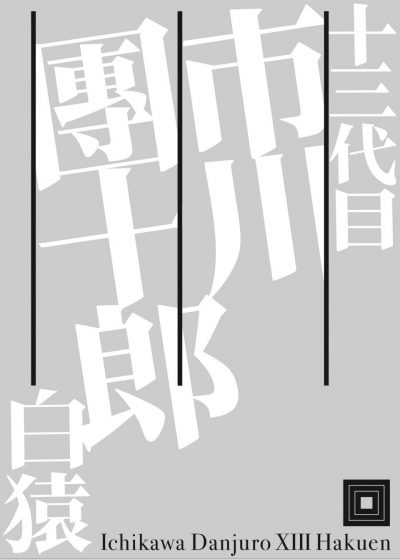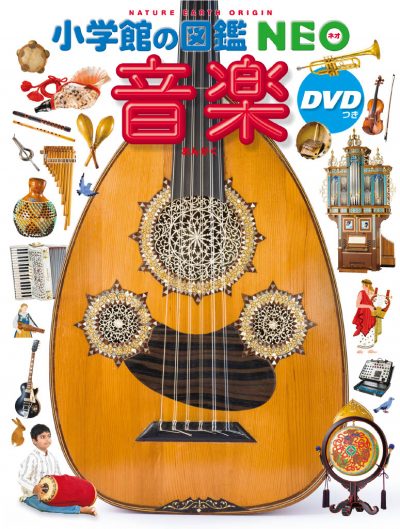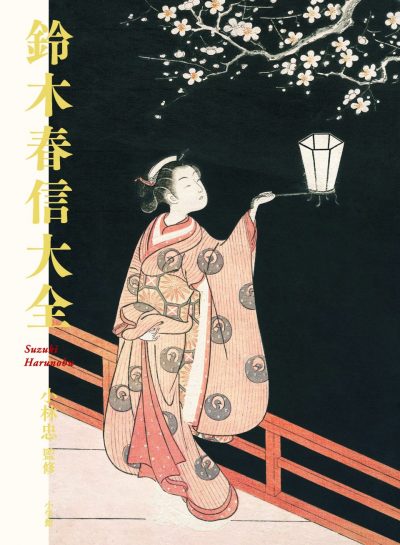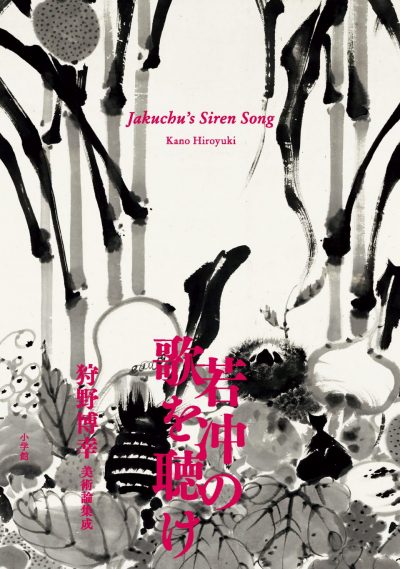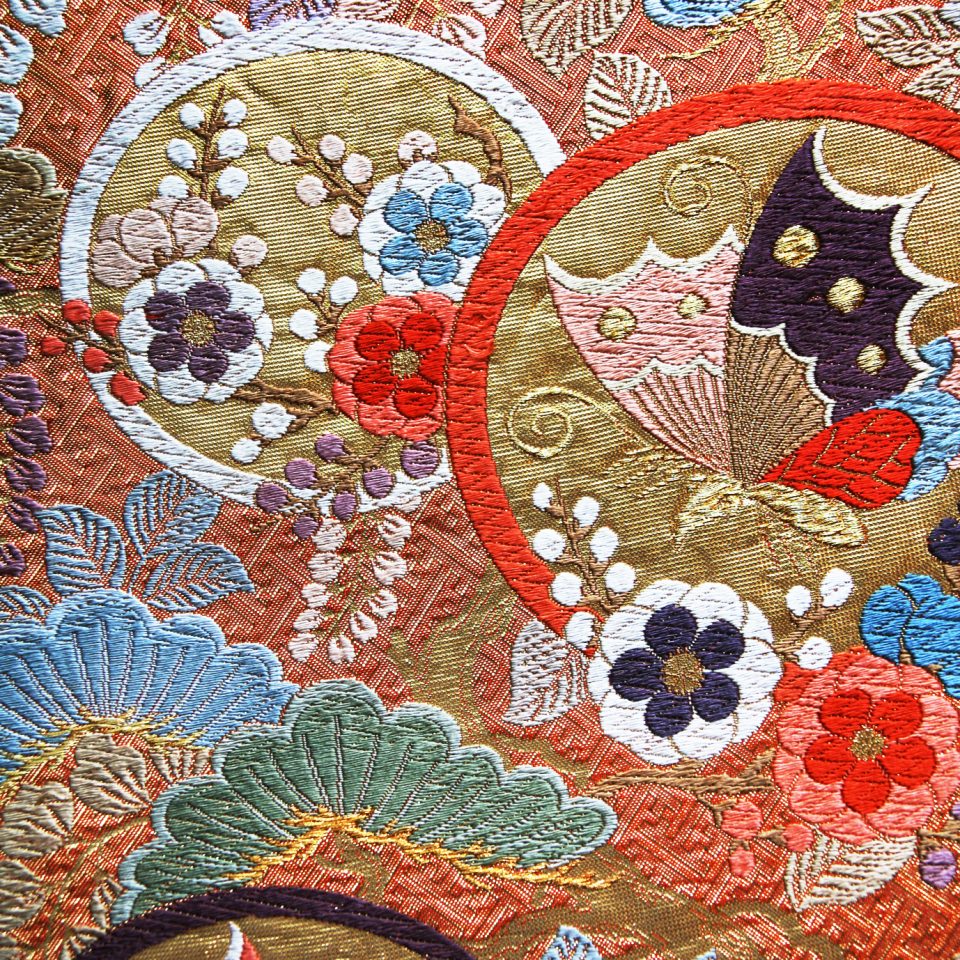
Traditional Japanese Craftsmanship
Kyoto Craft

Nishijin-ori obi (Brocade Sash)
The silk weaving business has flourished in Kyoto for more than a thousand years. The origin of the name Nishijindates back to the Onin War, when the army general Yamana Sozen set up camp in western Japan. Experienced craftsmen continue to carry out elaborate work during every stage of the complex process. Their finely-honed skills crystallize in the form of a magnificent sash which can be handed down from generation to generation.
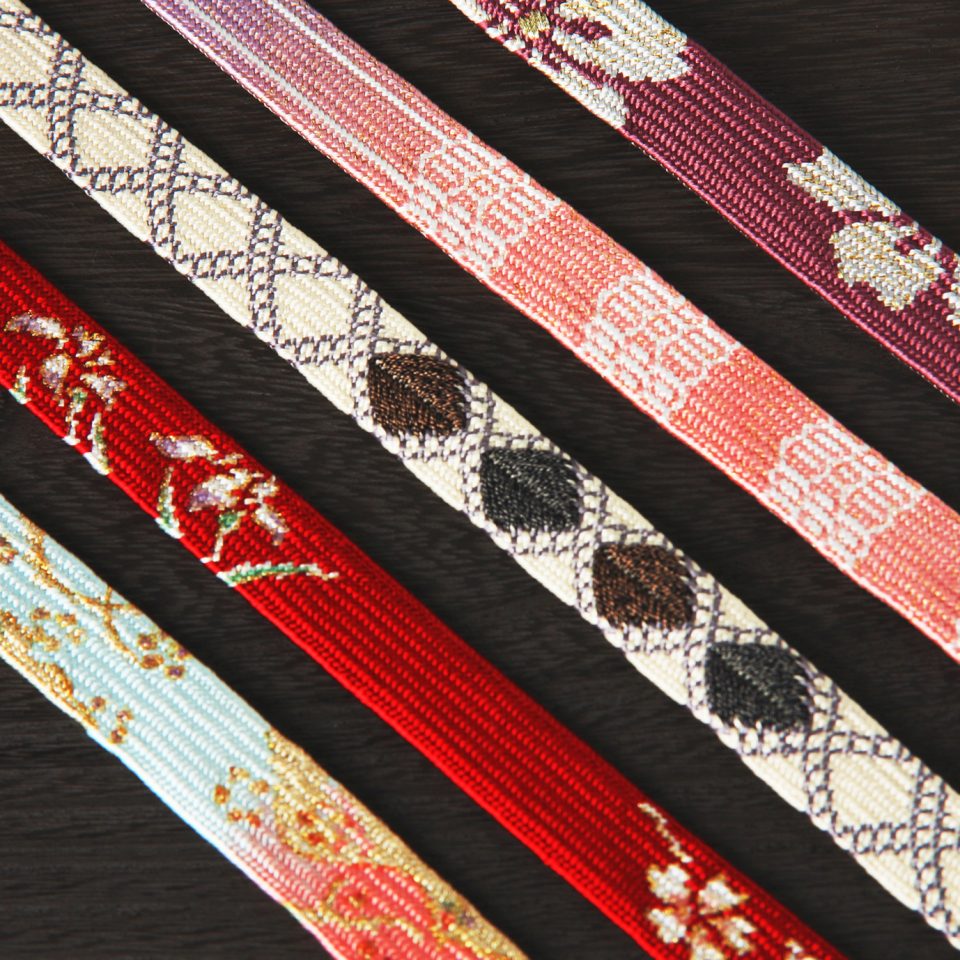
Kyō-kumihimo
Braided cords have been made in Kyoto since the Heian period (794-1185). The cords evolved from a component of medieval armor to having a decorative use for tea utensils in the Azuchi-Momoyama period, and finally, as a cord for tying kimono sashes in the Edo period. These handmade cords are now used to hold a kimono sash tightly and comfortably in place.
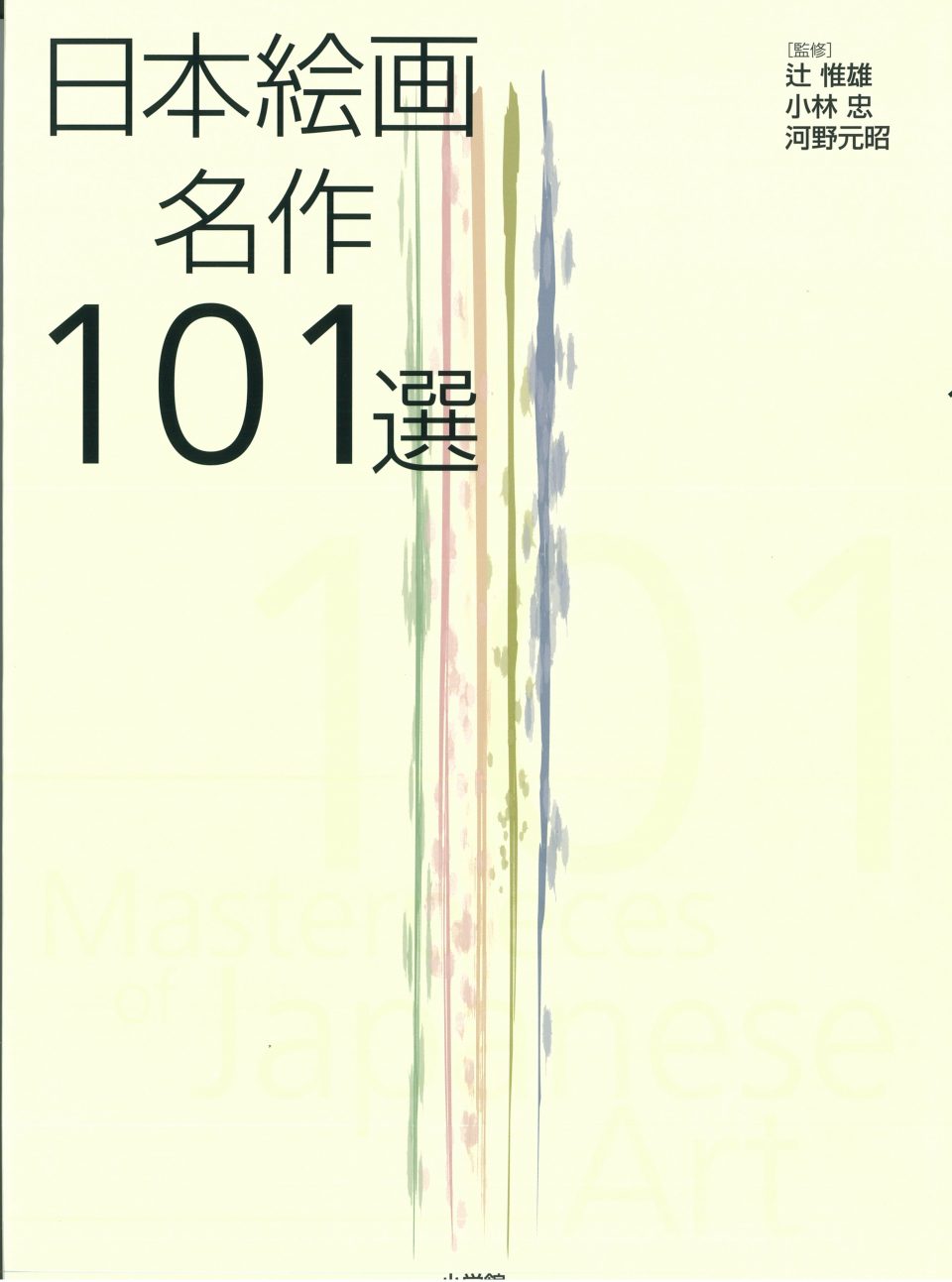
Japanese Paintings: A Selection of 101 Masterpieces
Capturing the essence of over a millennium of Japanese paintings
From mural paintings of the Takamatsuzuka Tumulus to Hiroshige’s world-famous ukiyo-e prints, this book encapsulates over 1,100 years of Japanese art. A selection of 101 representative paintings reproduced with world-class printing techniques, complete with simple commentary.
Text by Mieko Sawada. Photos by Yoshito Nakano. Edited by Japanese Books for Everyone.



